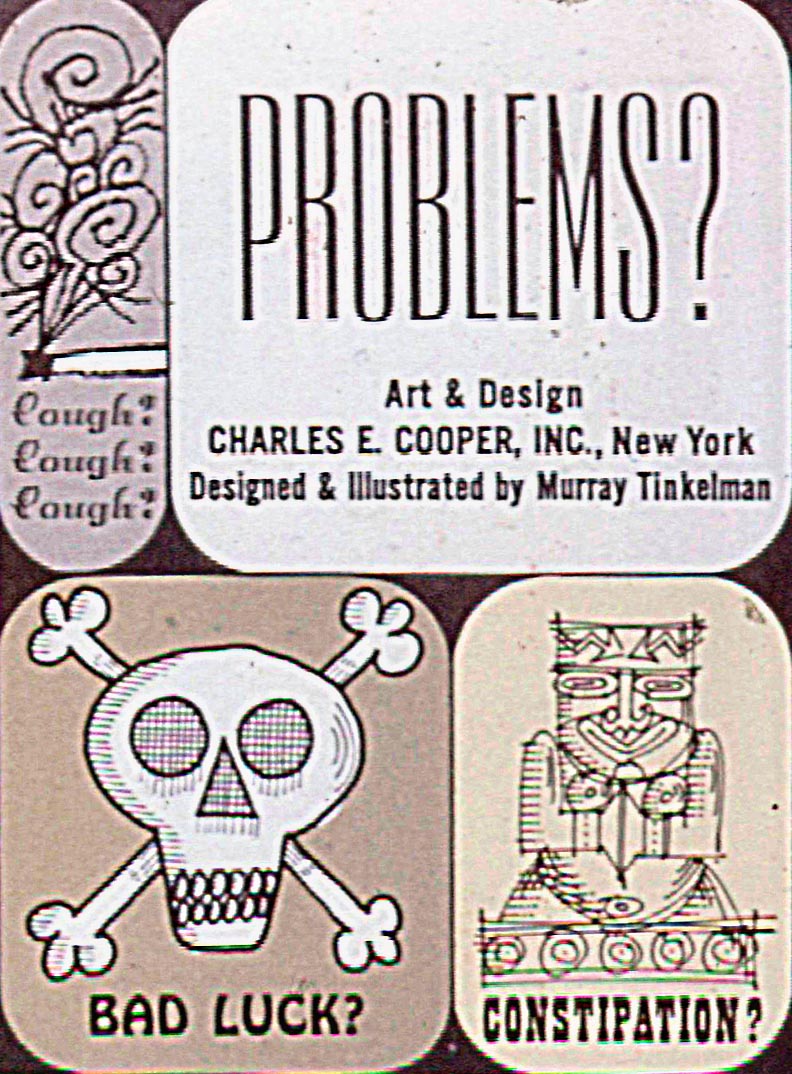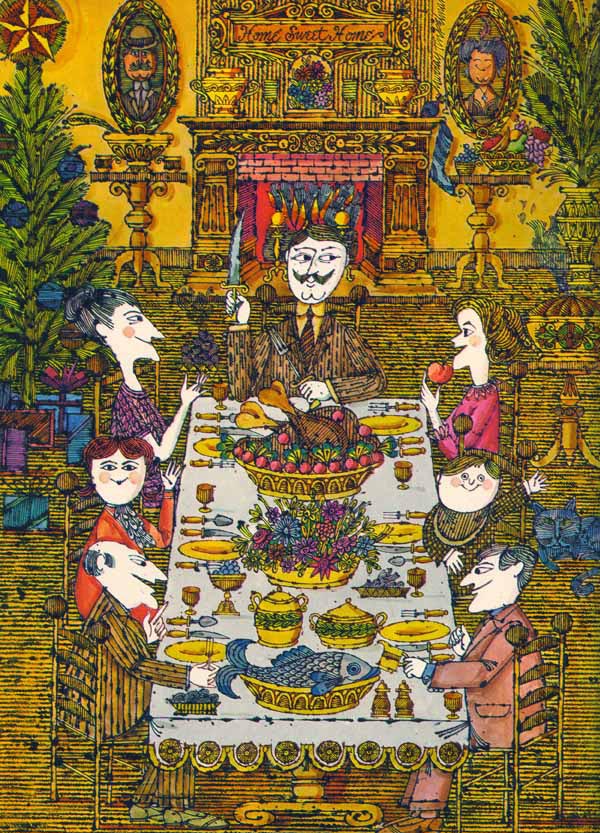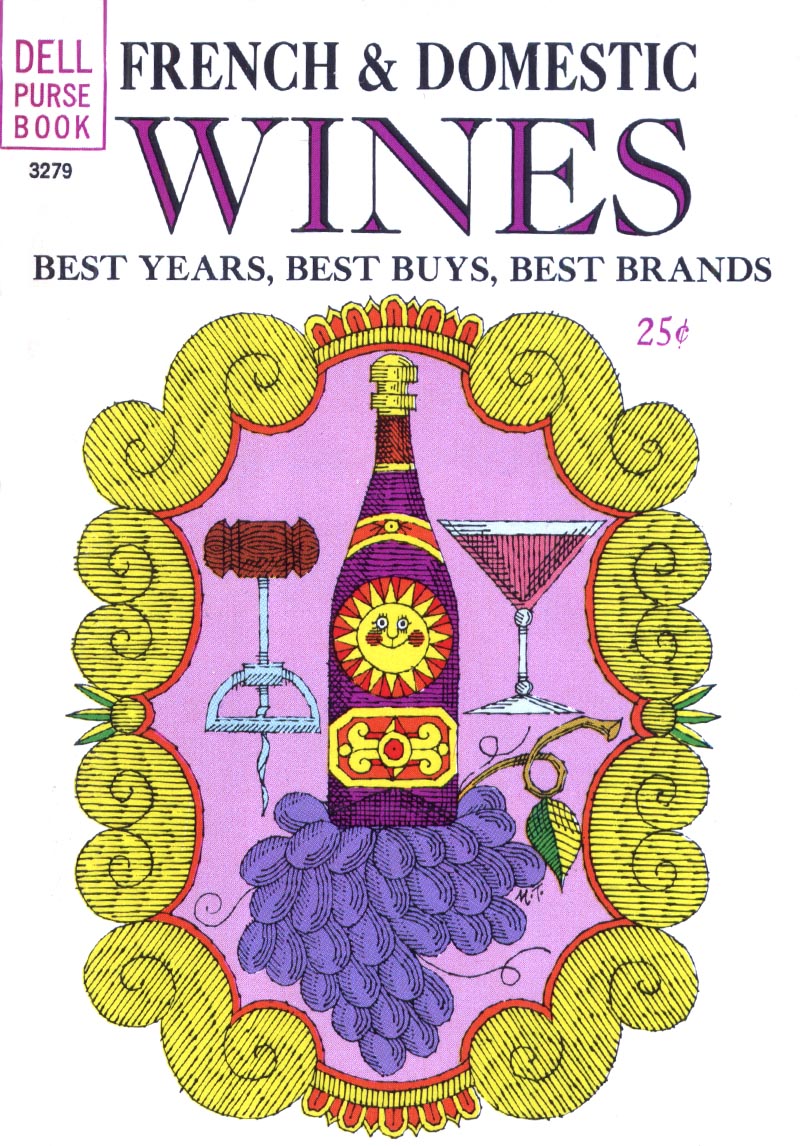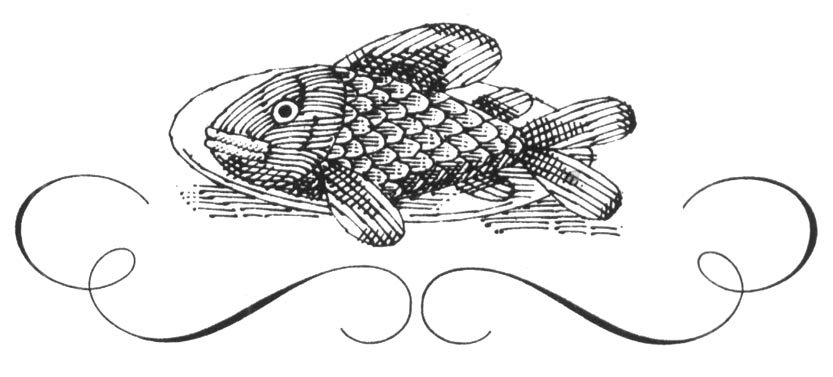
The connection is this: both artists were represented by the Charles E. Cooper studio. And the intersection of their careers is this: In 1958, when Lynn Buckham was enjoying immense popularity with top clients like The Saturday Evening Post, he probably had no idea his days as a magazine illustrator were numbered. Meanwhile, Murray Tinkelman's were just beginning. Buckham's style of literal narrative illustration may still have been the popular look of the mainstream in the late 50's, but photography would soon grab the lion's share of a shrinking market for magazine and advertising art.
Looking back on those days, Murray Tinkelman told an interviewer in 1970, "... the role of the illustrator is changing from a descriptive one to an interpretive one. The illustration used to be redundant, really, because it was all taken directly from the text. Nowadays the artist helps tell the story, rather than just echoing the author's words."

Murray joined the Cooper Studio in 1958. "The salesmen," says Murray, "the first two years, never had any confidence that my stuff was salable. It was infuriating."

In spite of the hurdles ( Murray made only $1,800 that first year at Cooper's ) he was gaining something more valuable than money: "I was very young, and my relationship with (Coby) Whitmore, (Joe) Bowler, (Joe) DeMers, and Lorraine Fox and Bernie D'Andrea... being mentored by those wonderful narrative illustrators... meant the world to me."

"My proclivity was in a much more decorative style."

Cooper's salesmen may not have known what to make of Murray Tinkelman, but Chuck Cooper himself must have had a sense that times were changing. Perhaps that's why he decided to take a chance on the kid with the oddball style who had wandered in for an interview from his dead-end job at a third-rate greeting card company. At the time not even Murray could have anticipated what he would accomplish.

But this colour-blind kid from a poor part of town was going to surprise everyone. This week we'll find out how.
* My Murray Tinkelman Flickr set.
Great blog, I have the greatest respect for Murray he has been a great influence for me.
ReplyDeleteMurray is the true illustration ambassador- he's got a million great stories! Love this blog.
ReplyDeleteThanks for the post about Murray. He's such a lovable personality, and was once one of my teachers. His critiques were always great, and he was someone whom you always wanted to please. A very generous, and humorous character.
ReplyDeleteI love his work! I´ve seen it all over the place all my life, and I can´t wait to find out more.
ReplyDeleteLeif, if you're going to cover Murray Tinkleman, you're going to have to do at least three sets: one for Murray the illustrator, one for Murray the oral historian of the illustration field, and one for Murray the art critic (in this last category, ask him about his theory on the relationship between the work of Ben Shahn and the work of Robert Weaver. You could easily fill a whole week with that material alone!)
ReplyDeleteThose are just the three careers that I know about. I'm sure he has another career or two squirreled away somewhere.
David;
ReplyDeleteI should have placed a disclaimer up front saying that there was no way I was going to be able to give people anything even close to a sense of who Murray Tinkelman is. These posts will be little more than a series of snapshots of a few interesting anecdotes along the road of Murray's early career. I think I'll pass the hot potato back into your lap to do Murray Tinkelman the justice he deserves on the Illustration Art blog!